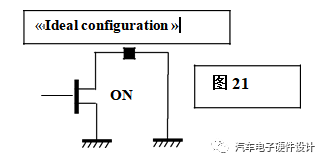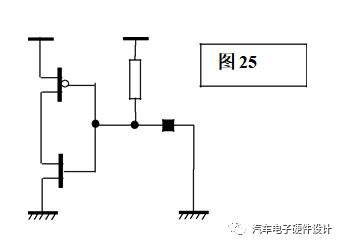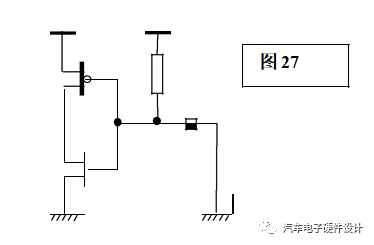In general, unused features (or deleted variants) are not released. This is especially true for uC pins because it is sensitive to perturbation and may affect the operation of c and may also cause disturbances.
In order to define a possible strategy, we must consider the testability, the consumption constraints of the standby mode, and the priority recommended by the vendor.
Simply put, you can set the following rules
§ Testability constraints:
The maximum coverage is obtained with all the pins of the input of one test point.
The search range is a short circuit with adjacent pins.
In addition to the critical impact on other features or EMC risks, the open circuit was not searched.
Current consumption constraints:
The presence of a pull-up resistor increases the consumption of standby (or sleep mode). In this mode, select the pin configuration to minimize power consumption without floating input
Manufacturer's suggestion:
Unused inputs must be connected directly to a potential
Or unused inputs must be connected to a potential via an external resistor
Sometimes, a wafer has several packages, and the input to the wafer can float without any care. In other words, depending on the package change, not all signal lines can be accessed on the pins, such as reducing the pin count package. These hidden signals must be treated as unused pins and configured to properly reduce power consumption and noise => unrelated checks (vendors) if the microcontroller I/O (radio but not connected to other pins) is specified in For the Hang Seng Index, these unrelated I/O must be programmed to avoid floating I/O.
For each reference, a confirmation from the vendor must be provided to ensure that there is no internal floating input (internal floating input may be mentioned in the microcontroller PPAP documentation).
The input can be configured via a soft (open drain, pull up or pull down).
To avoid premature loss of configuration, it is advisable to recommend software to confirm the direction and data of all microcontroller ports.
Unused interrupt inputs must be masked.
If the unused port is configurable as an input or output, configuring the output function will be preferred. In this case, the pin will be connected to the ground and output phases and will be configured to operate in a low state in the most ideal state (Figure 21).

If the state cannot be configured for an open drain, most of the time during push-pull, the state will remain at a lower stage (Figure 22). Depending on the type of c, it is recommended to use a pull-down resistor to avoid an untimely short circuit (Figure 23). In this case, multiple unused output pins can also be connected to ground through a single resistor (Figure 24).

In factory test mode, if μC is enabled, the connection can be tested by configuring the internal up configuration of the input (Figure 25).
These ports have a reading of "0" if this pin is soldered and "1" if there is a disconnect.

If an unused port cannot be configured as an output, the pin will be connected to the reference potential, VDD or VSS according to the pin point that is normally inactive. For example, in VDD, an interrupt input that is typically in a low state will be referenced.
Depending on the type of μC, it is recommended to place a pull-up resistor. In this case, you can also concentrate unused inputs on a single resistor (Figure 26).
If the input has an internal pull-up, the connection to the ground will be prioritized (Figure 27). In this case, the cut-off connection will be detectable (reading a high state) and this pin will never be left floating. If the standby power limit is high, it is possible to leave this pin floating.

HOT SALE,All In One Pc,All In One Pc Gaming,All In One Pc As Monitor,All In One Pc For Business
Guangzhou Bolei Electronic Technology Co., Ltd. , https://www.nzpal.com